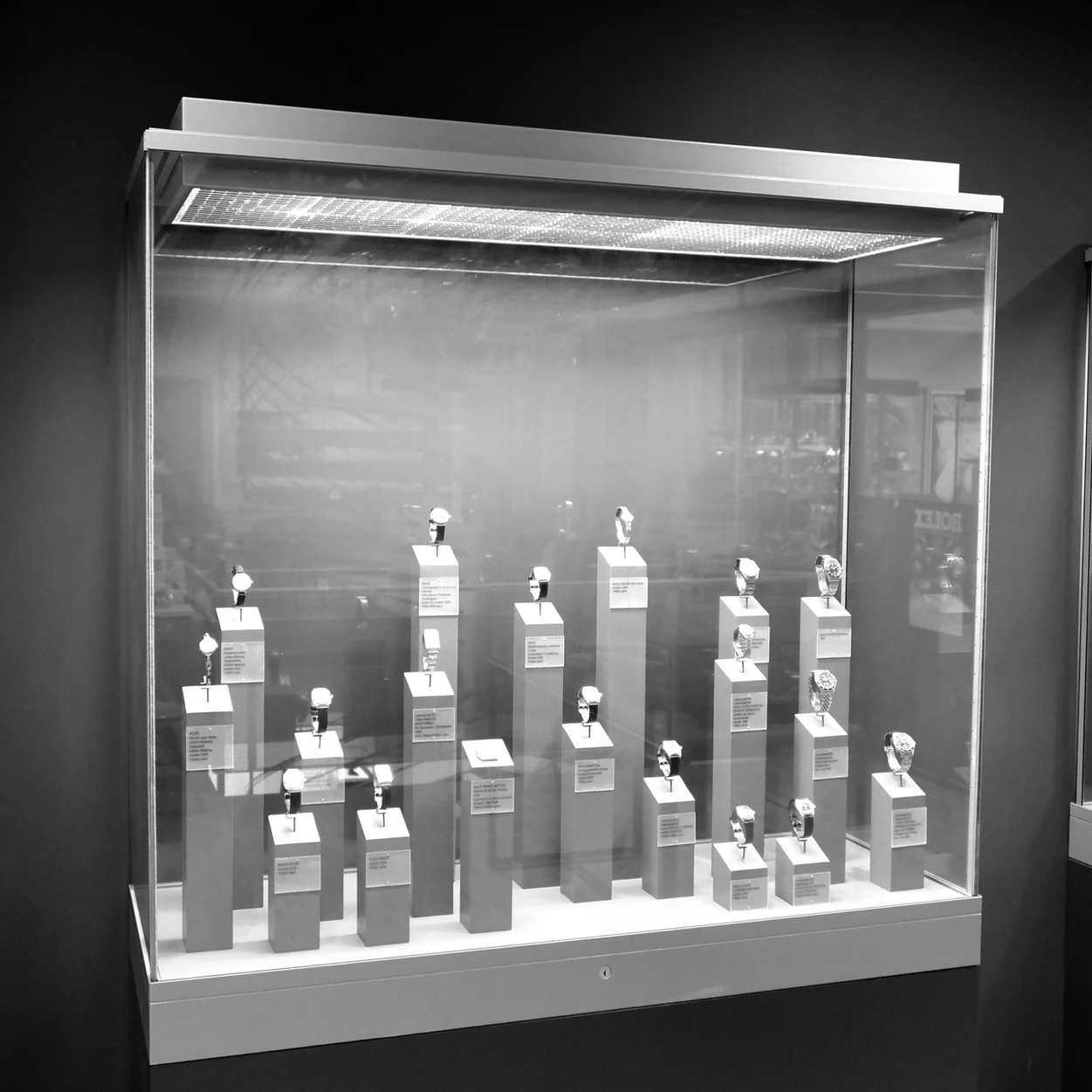
When one thinks of watch brand museums in Bienne, Omega and Swatch inevitably come to mind. Both companies have considerably invested in creating fantastic, state-of-the-art experiences for anyone visiting the city (and locals such as myself!).
And yet, the other most famous “made in Bienne” brand somewhat also has its own museum here: the Nouveau Musée de Bienne hosts, to my knowledge, the most significant publicly available collection of Rolex watches. As Watch Time magazine rightly wrote, it is “as close as you can get to visiting a Rolex museum.”
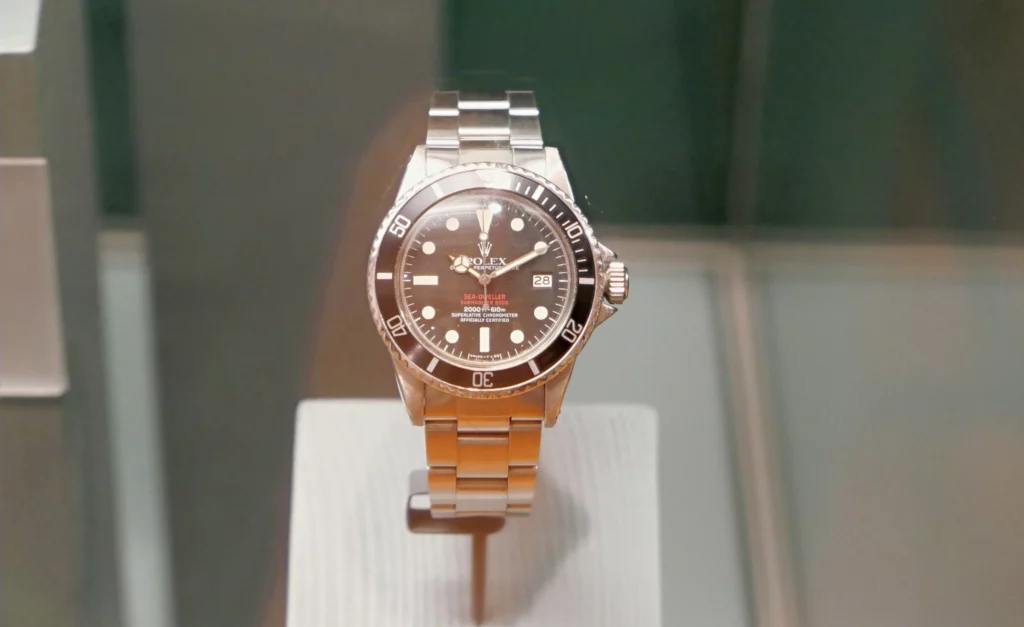
Bienne’s multidisciplinary museum is by no means limited to watchmaking. It offers a vast range of exhibits around local history, art and archeology. However, as you can expect here, watchmaking plays a central part.
The watch section of the museum combines the beauty of the superb watches on display with a deep historical perspective on the industry’s past. Topics usually not brought up by brands, such as the struggle for gender equality, are here an integral part of the exhibit. This holistic approach is essential to truly understanding what watchmaking means to Bienne.
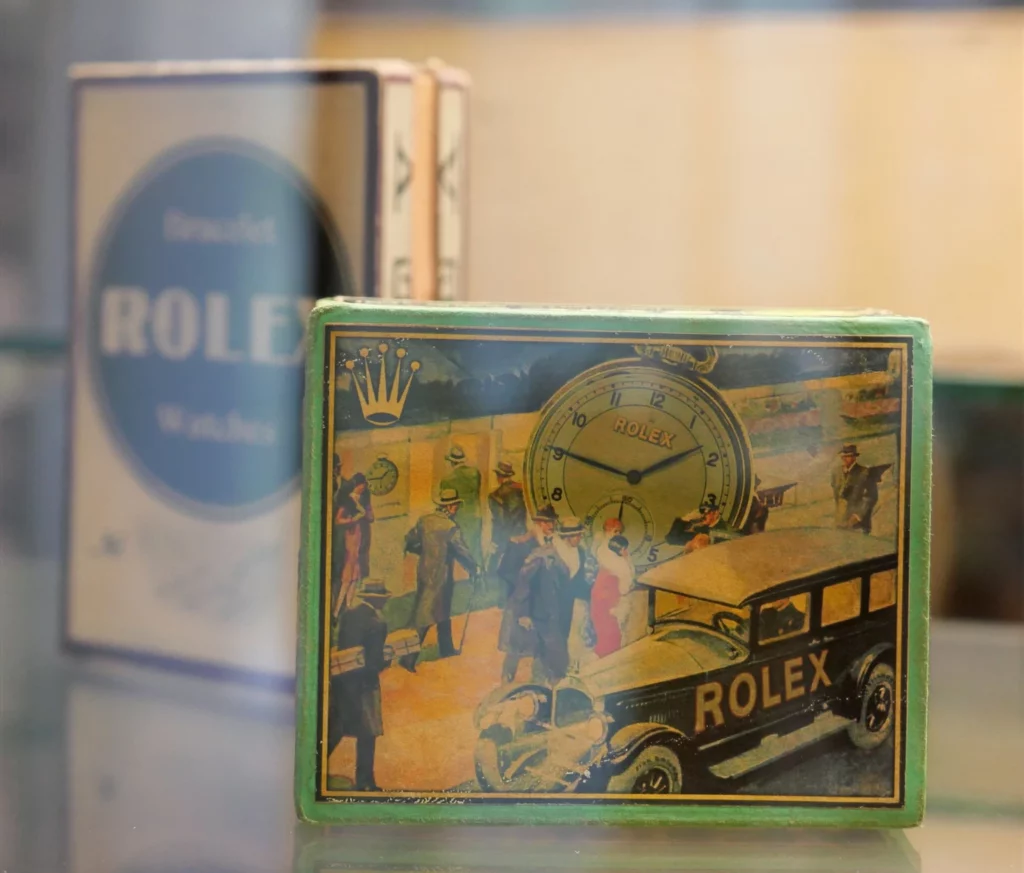
Some of the watches are from brands that have left Bienne (Heuer, Bulova), or even no longer exist (Recta). Others are still very much at the heart of our horological scene: Omega, Swatch, Hamilton, Certina, Glycine and, last but not least, Rolex. In fact, Rolex is the most represented brand in the museum, with 46 original historical models and just about as many movements, along with other memorabilia.
The Rolex watch collection is shown in two large windows. What is remarkable about the assortment is not just the quantity, but the quality and historical value of the timepieces. For instance, you’ll find a Submariner from 1953 and a Sea-Dweller from 1967. Those are specifically the years each of the legendary divers was launched!
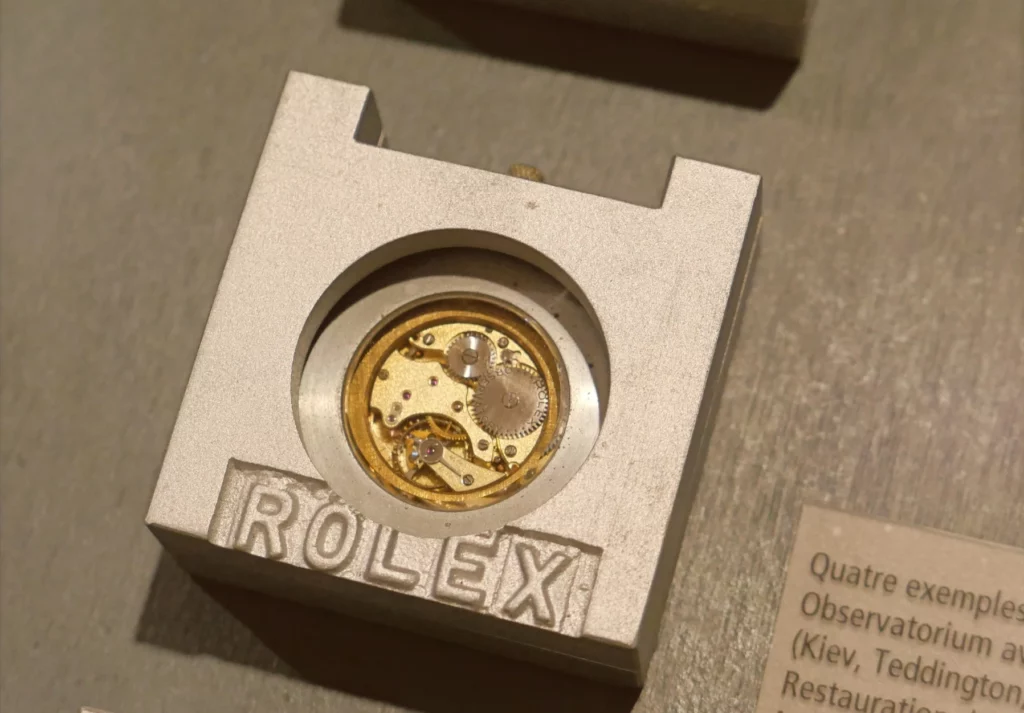
The collection also includes some less well known but no less interesting very early Rolex watches. In some cases, the name Rolex only appears on the movement, not the dial. The inherent charm, the history they started, and knowing that they were made within walking distance of the museum makes those watches very special.
Such a unique collection could only have been gathered by a unique individual, and indeed it was. The original owner is no less than Emile Borer, who led Rolex’s movement production activities in Bienne between 1931 and 1969. Borer was the nephew of Hermann Aegler, himself at the very inception of the brand’s history along with his father Jean and of course Hans Wilsdorf. To learn more about Rolex’s origins in Bienne and the Aegler family, you may want to take a look at this post from last year.
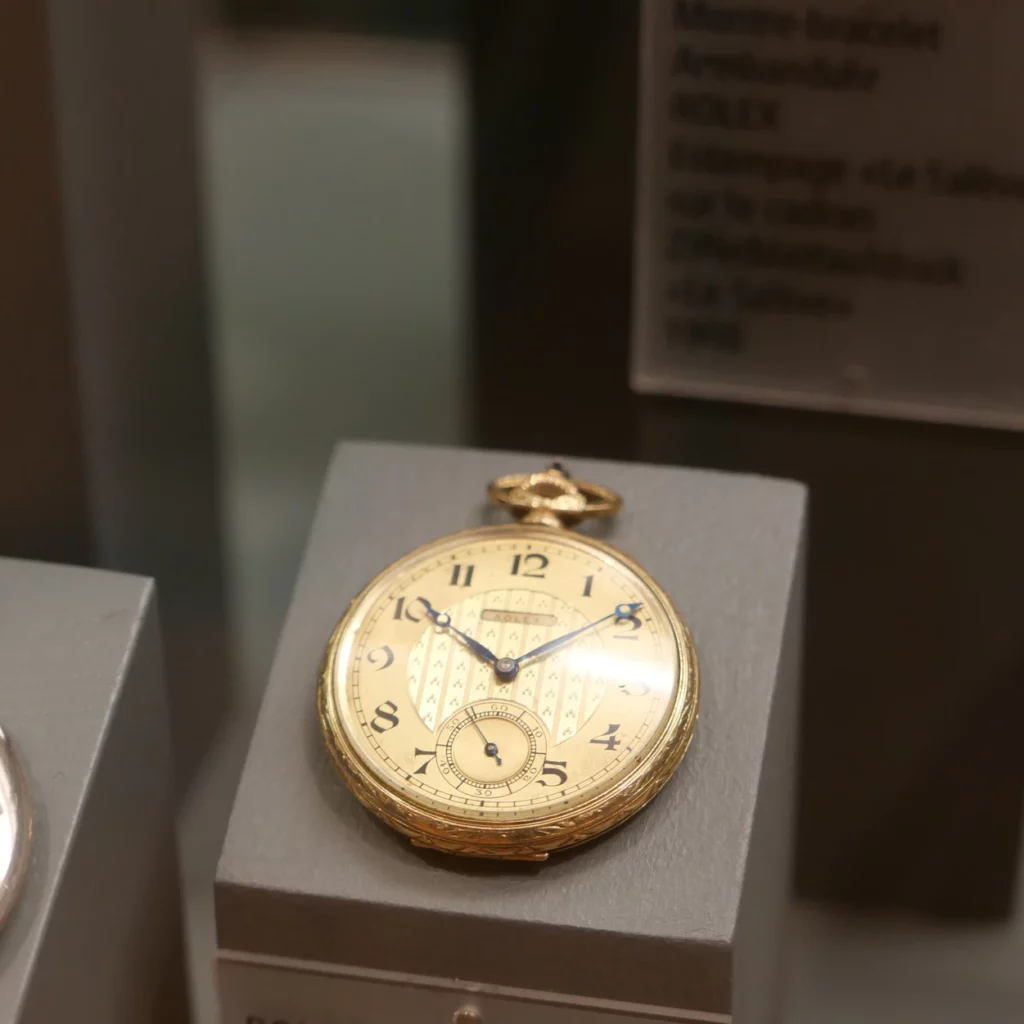
While watches are arguably the main course of the museum’s Rolex collection, the assortment of movements is also quite remarkable. About 50 different ones are displayed, representative of the brand’s technological evolution and innovations over the decades. Those elements are actually the most locally relevant of the exhibit: while, aside from the very first watches, the visible parts of Rolex timepieces are produced in Geneva, all movements, since the very beginning, have been made in Bienne.
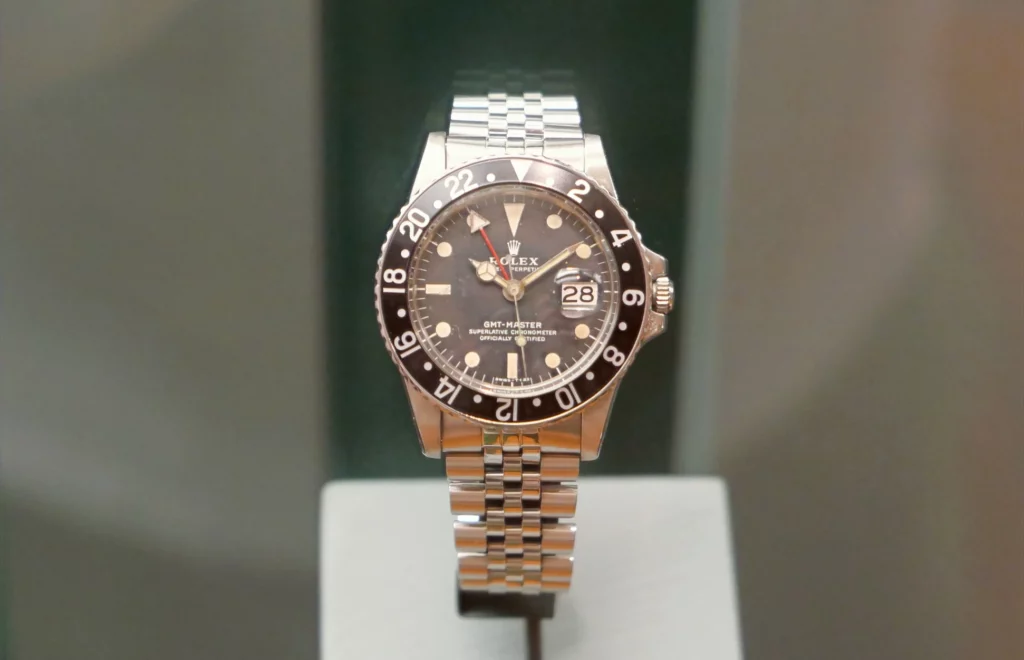
It would be unfair to compare the Rolex collection at the NMB alone with the Omega museum. The latter is a full, immersive experience of the past and present of the brand while the former is a specific section part of a broader exhibit itself part of a broader museum. But I would still argue that, if you are a true fan of Rolex, it is worth going to the museum just to visit that collection. It would be a shame, of course, as there is a lot more to see there. But it would still be worth it!


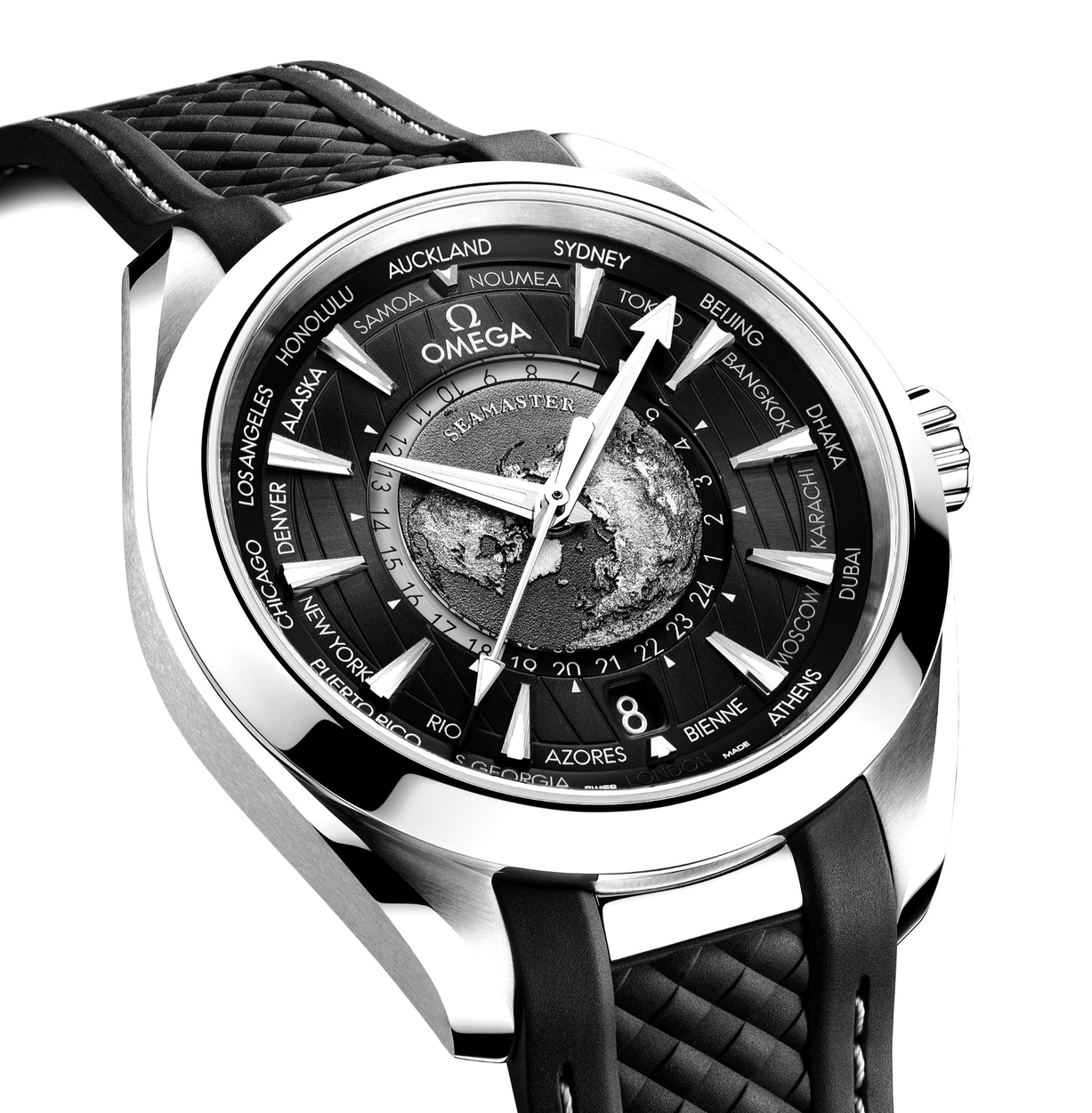
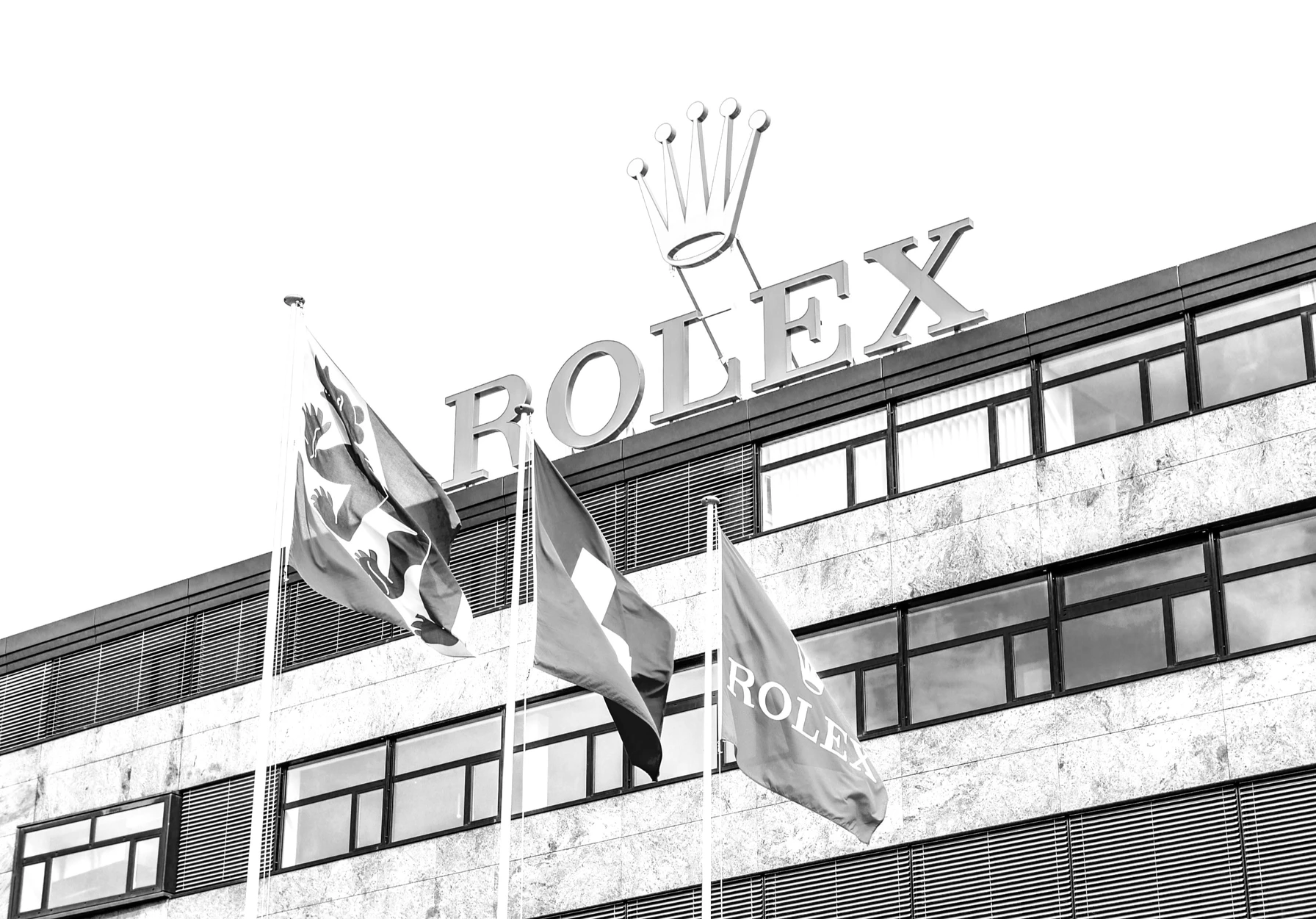
Makes me want to book a trip to visit!
As usual great reading! Love it!
Thank you very much!